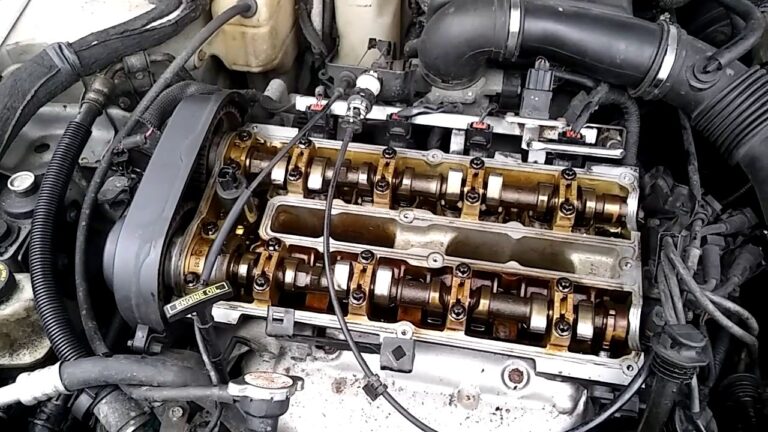Engine cleaning
Last Updated on July 22, 2024 by Mutiara
The first step in cleaning your engine is to remove the excess debris that gets trapped in your hood, grille and vent openings. This is particularly true if you live in an area with four seasons. If you have compressed air available, this is the best way to remove old leaves, dead cats and such. If you don’t, a simple hand brush will suffice.
The next very important step is to prepare your engine for getting wet. You must cover all sensors, the distributor, spark plug openings and any electrical devices that have the potential for water accumulation (which could cause a short). Use plastic baggies to cover these items. Be sure to use tape or rubber bands to hold the plastic bags in place. You’re only trying to prevent the majority of the water from getting in; it does not need to be watertight. The engine environment should already be waterproof. The baggies are just a precaution.
To loosen the grease accumulated on your engine and the engine compartment, start your engine and allow it to warm for a few minutes. The best temperature for cleaning your engine is warm to the touch, but not hot. If you’re able to hold your hand to the engine without saying “Ouch,” then the temperature is just about right.
Aluminum foil is an excellent wrap to protect engine components. This works for spray-cleaning, painting and washing.
Applying Degreaser
After warming the engine and protecting sensitive areas, you’re ready to apply your engine degreaser. Although they are quick and easy, I warn people against the use of harsh petroleum-based cleaners in the engine compartment. They quickly cut through grease and grime, but they also deteriorate your rubber and vinyl components (not to mention what they do to our environment!). As an alternative, use a citrus- or water-based cleaner.
When applying your engine degreaser, it’s best to start from the lower areas and work your way up. This prevents the degreaser from dripping on you as you clean the underside areas. One important thing to remember: the engine degreaser will remove the wax from the painted surfaces of your car. If you get degreaser overspray on your fenders, plan on rewaxing these areas.
When you have applied your engine degreaser, be sure to wash any excess cleaner from the exterior painted surfaces of the fenders, hood and grille. I like to spray these areas with water first.
Depending on the amount of accumulated grease, allow the degreaser to soak on the engine for 3 to 5 minutes. Do not allow the degreaser to dry on your engine. For light to mild levels of grease, you will not need to use a brush on the engine and other surfaces. For heavy soil, you can use a long-handled brush (parts brush) and car wash solution to provide additional cleaning action prior to hosing off the degreaser.
Hosing Off
When you are ready to remove the degreaser, hose down the entire engine compartment and surrounding surfaces with plenty of water. If you’re using a high-pressure nozzle, be careful that you don’t get the nozzle too close to the covered electrical connectors. Allow your engine to air dry for several minutes before using a towel to wipe down all accessible parts. Remove the plastic bags. The heat from the engine will assist in the drying process; however, do not allow the engine to air dry, as this will result in water spots. When dry, start your engine and allow it to run for a few minutes.
Protect & Beautify
When everything is dry, and your engine has cooled, you should apply a coating of engine protectant. If you don’t have an engine protectant, use your rubber and vinyl protectant to coat your hoses, wires, and plastic shields. To add a quick shine and protection to the painted surfaces in the engine compartment, use a high-quality detailing spray. Just spray it on all surfaces, and wipe off the excess with a clean terry cloth towel.
